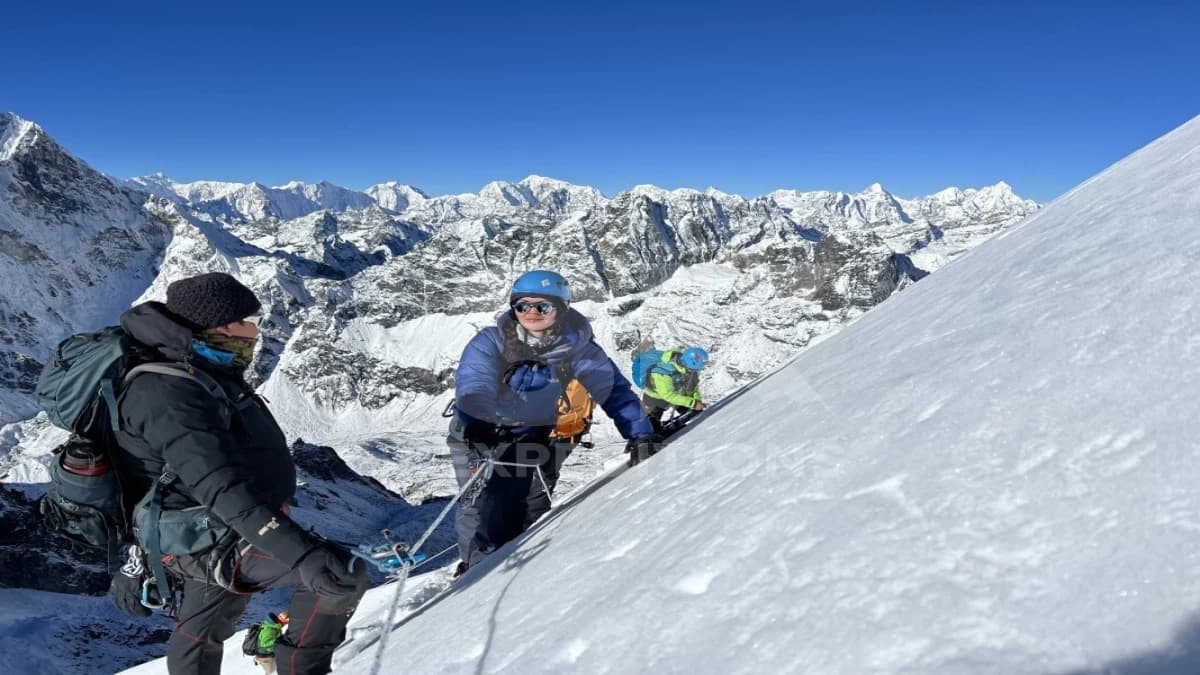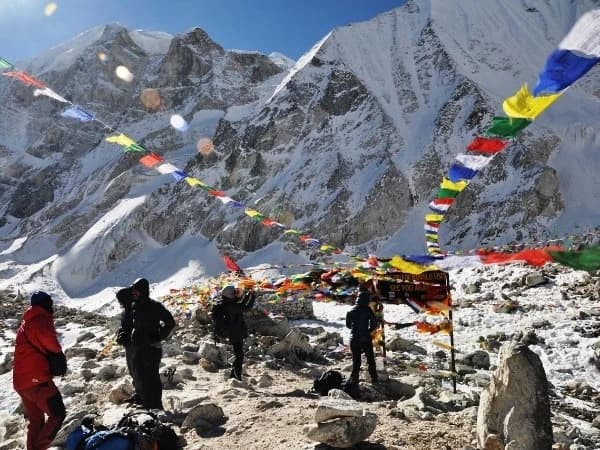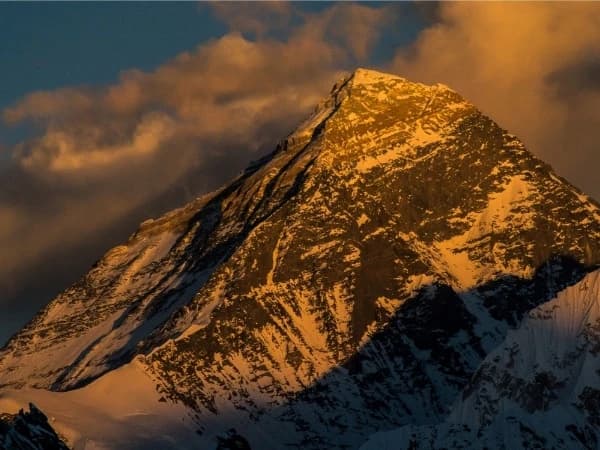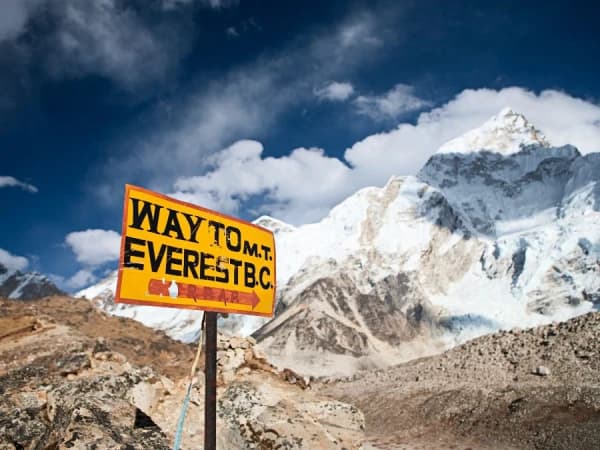Climbing Island Peak and Lobuche Peak offers adventurers an unforgettable experience filled with stunning vistas, cultural immersion, and personal achievement. By preparing adequately and embracing the challenge, climbers can conquer these peaks and create lasting memories in the heart of the Himalayas.
Island Peak Climbing and Lobuche Peak Climbing: Your Ultimate Adventure Awaits
Climbing in the Himalayas is an experience that captures the hearts of adventurers worldwide. Among the majestic peaks, Island Peak and Lobuche Peak stand out as two of the most sought-after destinations for climbers seeking a blend of challenge and beauty. In this comprehensive guide, we will delve into the specifics of climbing these peaks, offering insights into preparation, the climbing experience, and tips for a successful ascent.
Understanding Island Peak and Its Allure
Island Peak Climbing, known as Imja Tse, rises to an impressive height of 6,189 meters (20,305 feet). It is situated in the Khumbu region of Nepal and is a popular choice for climbers due to its accessible routes and stunning panoramic views. The peak is often used as a training ground for climbers aspiring to tackle higher peaks, making it an ideal destination for both novices and seasoned climbers.
Why Choose Island Peak?
- Breathtaking Views: The summit offers breathtaking views of the Everest massif, including Lhotse, Nuptse, and Makalu. These views are a reward in themselves, making the effort of climbing worthwhile.
- Cultural Experience: The journey to Island Peak takes you through traditional Sherpa villages, where you can immerse yourself in the local culture and experience the hospitality of the Nepalese people.
- Training Opportunity: The climb provides an excellent opportunity to acclimatize to high altitudes, making it a perfect precursor to more challenging climbs.
The Climbing Route
The standard route to Island Peak typically begins with a trek through the Everest Base Camp trail, which is a trek filled with incredible landscapes and cultural experiences. The following is an overview of the climbing itinerary:
Day 1: Arrival in Kathmandu: After your arrival in the capital, you will undergo a briefing and preparation for your adventure.
Day 2: Flight to Lukla: A breathtaking flight takes you to Lukla, the gateway to the Khumbu region.
Days 3-7: Trekking to Island Peak Base Camp: Over the next few days, you will trek through charming Sherpa villages, dense forests, and stunning landscapes, acclimatizing along the way.
Day 8: Summit Day: An early start (around 2 a.m.) ensures that you reach the summit before noon. This day requires physical endurance and mental fortitude.
Day 9: Return to Base Camp and Continue Trekking: After the summit, you will return to Base Camp before descending back towards Lukla.
Lobuche Peak Climbing: A Challenging Ascent
Lobuche Peak climbing rises to 6,119 meters (20,075 feet) and is known for its challenging ascent and breathtaking scenery. Located close to the Khumbu Glacier, Lobuche offers climbers a chance to experience a less crowded route compared to its neighbor, Island Peak.
The Charm of Lobuche Peak
- Stunning Landscapes: The ascent to Lobuche takes you through magnificent glaciers, rocky paths, and the dramatic backdrop of the Khumbu Icefall.
- Less Crowded: Unlike Island Peak, Lobuche receives fewer climbers, offering a more tranquil experience and a chance to connect with nature.
- Diverse Climbing Skills: Climbing Lobuche demands a variety of skills, including cramponing, ice climbing, and navigation of rocky terrains, making it an exhilarating challenge for climbers.
The Climbing Route
The journey to Lobuche Peak typically follows a similar path to that of Island Peak, incorporating a trek to Everest Base Camp. Here’s a breakdown of the climbing itinerary:
Day 1: Arrival in Kathmandu: As with Island Peak, the adventure begins in Kathmandu, where you'll prepare for your ascent.
Day 2: Flight to Lukla: After a short flight to Lukla, you will start your trek towards Dingboche.
Days 3-7: Trekking to Lobuche Base Camp: The trek to Lobuche involves acclimatization and exploration of the region, passing through Pangboche and Dingboche.
Day 8: Summit Day: The ascent begins in the early hours, navigating crevasses and steep sections, ultimately reaching the summit for stunning views.
Day 9: Return to Base Camp and Descend: After summiting, climbers descend to Base Camp before continuing back to Lukla.
Preparation Tips for Climbers
Physical Training
Preparing for high-altitude climbing requires both endurance and strength. We recommend a training regimen that includes:
- Cardiovascular workouts: Hiking, running, and cycling to build stamina.
- Strength training: Focusing on core strength and leg muscles to support climbing.
- Acclimatization hikes: Gradually increasing your altitude exposure before the trip.
Gear and Equipment
Investing in the right gear is crucial for a successful climb. Essential equipment includes:
- Climbing boots: Insulated, waterproof boots designed for high-altitude climbs.
- Warm clothing: Layered clothing to adapt to fluctuating temperatures.
- Crampons and ice axes: Necessary for navigating icy terrains.
Mental Preparation
Climbing is as much a mental challenge as it is a physical one. Prepare yourself mentally for the:
- Altitude: Be ready for the effects of high altitude and have strategies to manage symptoms.
- Challenges: Embrace the unpredictability of mountain weather and be prepared for physical exertion.
Safety Considerations
Safety is paramount during your climbing adventure. We advise climbers to:
- Climb with a reputable guide: Experienced guides provide invaluable knowledge of the terrain and help ensure safety.
- Be aware of altitude sickness: Recognize symptoms and be prepared to descend if necessary.
- Stay hydrated: Drink plenty of fluids to help with acclimatization.
Conclusion: A Journey of a Lifetime
Climbing Island Peak and Lobuche Peak offers adventurers an unforgettable experience filled with stunning vistas, cultural immersion, and personal achievement. By preparing adequately and embracing the challenge, climbers can conquer these peaks and create lasting memories in the heart of the Himalayas.





